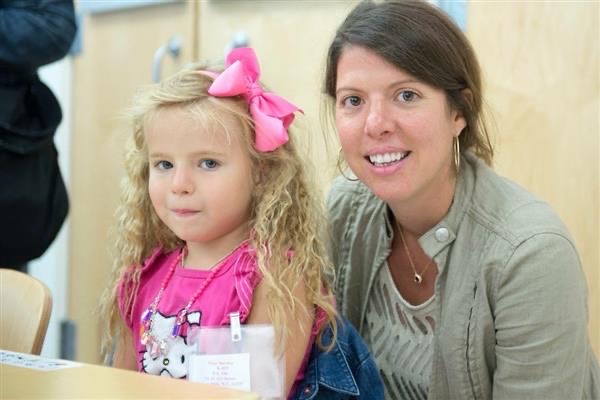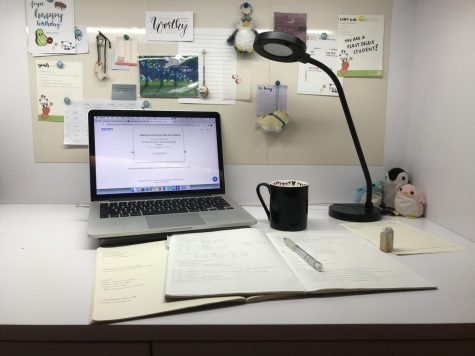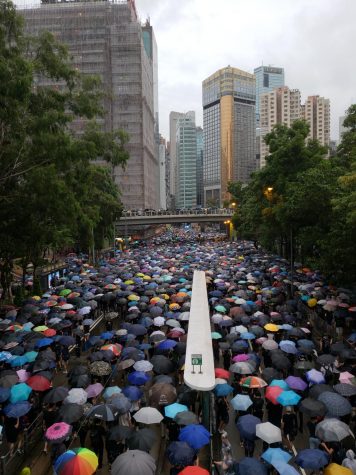Climate Change and Kent: A Mission to Reduce Emission
John Lamb ’16 crying over the lack of snow on campus.
January 28, 2016
Have you ever noticed the difference between the colors of trashcans? Or how every Saturday the dining hall sets out non-reusable dishware? If your answer is no, start paying attention.
Our Earth is heating up, whether one choses to believe it or not. If you don’t believe in climate change, look at the weather from the past month or take notice of the times you decided to leave your winter jacket in the room. It should raise some red flags when the temperature does not hit freezing until late December, or when it’s fifty degrees in Connecticut in mid-January.
By this time last year, four coat bells had been issued, compared to just one so far this year. The reasons for this winter’s mildness are plentiful, and all begin with the human race. Every 5.3 seconds, the United States produces 1,000 tons of CO2. It is clear that every second going by is another second lost, another second spent killing the planet. To put that in perspective, if you spend two minutes reading this, roughly 23,000 tons will have been emitted during that time.
Here at school, it may seem impossible to have an impact on the outside world, as we are so entirely secluded in our scenic little bubble, but this is where you and I and everyone are wrong. Every moment provides an opportunity to help reduce (key word, as no one can completely remove it) your footprint, whether it be turning off the water while applying shampoo and conditioner or turning the lights off every time you leave a room.
But what are we, as a school, doing to stop it all? With the recently added solar panels on campus, we are heading in the right direction. The Green Cup Challenge serves as another attempt to increase consciousness, and, when taken seriously, can actually generate great results. In order to continue our progress towards carbon footprint reduction, it is imperative for students to recycle, turn off lights that are not in use, stop wasting paper towels, buy local food, and potentially even compost. Breathingearth.net suggests limiting the amount of animal products used as much as possible, as these are some of the most environmentally taxing to produce. To yield a single quarter pound patty of beef, 52.6 gallons of water are needed, along with 75 square feet of grazing land. The Huffington Post estimates the average American will eat 2-3 of these patties a week, which lands the total number of burgers at around 50 million per year. While these numbers are only an estimate, it is clear that this is not sustainable and changes must be made.
These statistics, while frightening, are not meant to deter anyone from attempting a change. Rather, they are shared in an effort to raise awareness, in hopes of creating an incentive for change to ensure a future for humanity.








Olivia paxton • Feb 12, 2016 at 4:48 pm
YEAH that’s what I’m talkin about